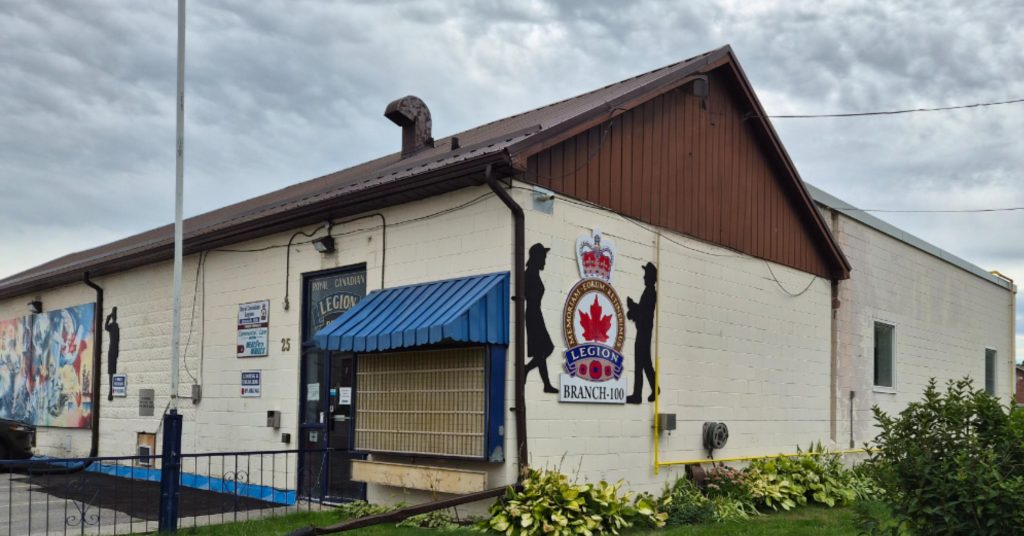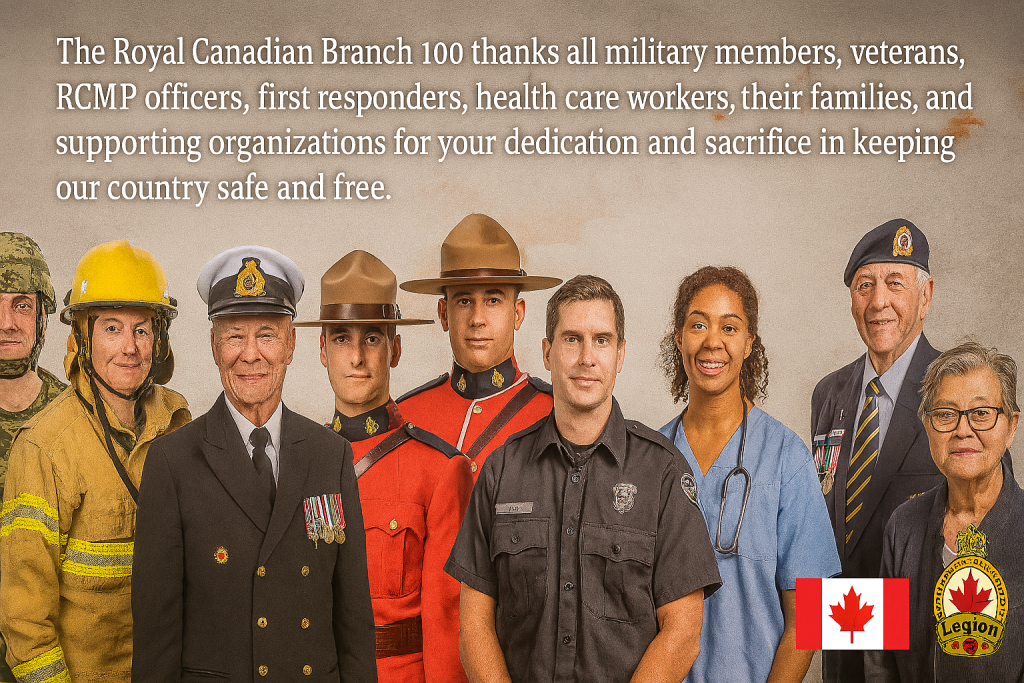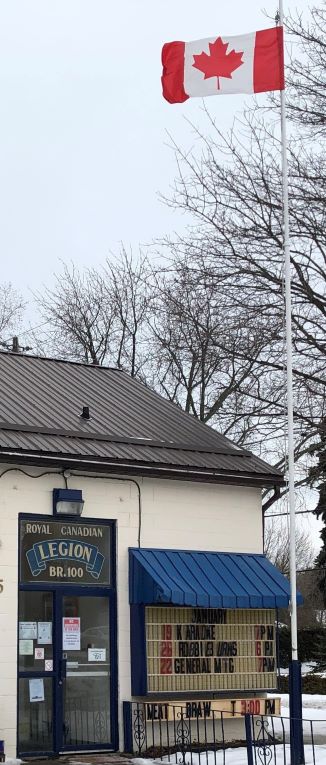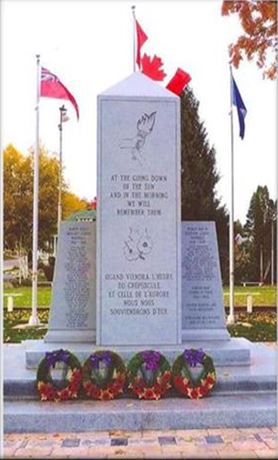
Royal Canadian Legion Branch 100 Brighton 25 Park Street Brighton ON K0K 1H0 613-475-1044

Welcome to our website. Legion Branch 100 is updating its site over the coming months. Please bear with us as we make these improvements

Our mission is Veterans, Community and Service.
Summer 2025 Outdoor Patio: A Resounding Success

Looking Ahead to Another Vibrant Season in 2026
We are delighted to announce that the new summer feature introduced in 2025—our outdoor patio—was exceptionally well received by our guests and community. The space quickly became a favourite gathering spot, offering a relaxed and inviting atmosphere perfect to enjoy with friends, family, and colleagues.
The response exceeded our expectations, with positive feedback Many patrons shared their appreciation for a dedicated outdoor area where they could unwind, enjoy snacks and beverages, and soak up the summer sun.Given the overwhelming success and enthusiastic support, we are excited to confirm our plans to reopen the patio for summer 2026. We look forward to welcoming everyone back for another season of future memorable moments. Stay tuned for future patio updates.
Thank you to everyone who made the 2025 patio season such a success. Your support and feedback inspire us to keep growing and enhancing your experience.


WELCOME TO THE ROYAL CANADIAN LEGION BRIGHTON BRANCH #100
BRIGHTON, ONTARIO CANADA
Brighton Legion has a long and celebrated history. Before the Legion became a Legion it was called a Branch of the Great War Veterans Association. A club was formed in Brighton in 1924 and in the early days this club met in the Orange Hall. It was in 1931 that the Brighton club received its charter and became the Canadian Legion of the British Empire Service League, Branch 100. With the end of the Second World War and the return of the service men and women, the Legion grew rapidly. By 1947 the younger veterans were in the majority. The meetings were held in the Oddfellows Hall.
This was too small, so it was decided that a Legion Hall should be built. Scotty and Ruth Broughton had a 10-room house on the corner of Park and Division Streets. Scotty offered this property to the Legion for $1. At a meeting in April 1949, it was decided to accept the generous offer of Scotty and to build the Legion Hall at this location (25 Park Street). Within a week first sod was turned. It is to the everlasting credit of the returned veterans that there were no monies expended on wages, the hall being built entirely by volunteer labour. The branch held its first meeting in the basement of the hall on Nov. 11, 1949, on a dirt floor. Branch 100 supports essential community services. This includes seniors support services; housing and care for the elderly; drop-in centres; an Army Cadet Corps established by the Branch; community youth and sport programs; and, much more. Being a good neighbour and a valued partner in our community and giving back is more than simply a commitment – it is part of the Legion Branch 100 foundation
Everyone is welcome and we invite all ages of majority to our branch and partake in our commitment to the community
Call 613-475-1044 or stop in, you are more than Welcome!